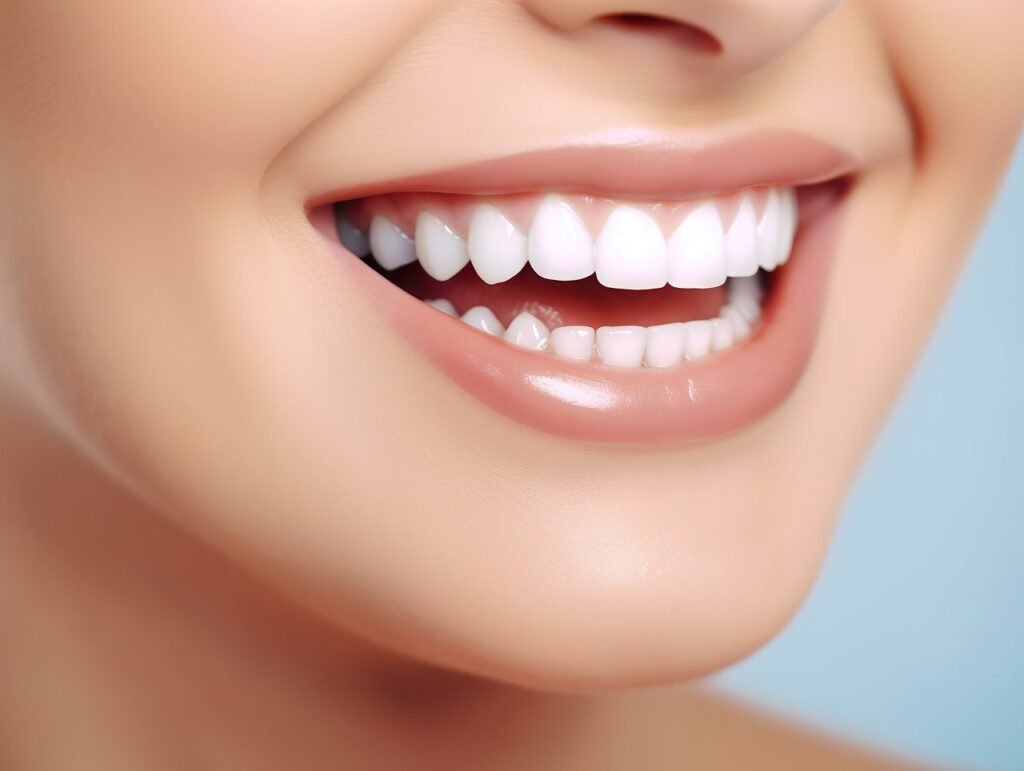Exploring Professional Teeth Whitening

Professional teeth whitening is a sought-after cosmetic dental procedure known for its efficiency, safety, and effectiveness in enhancing smiles. This comprehensive guide provides an in-depth look at the methods, considerations, and benefits associated with professional teeth whitening.
Professional Whitening Methods:
The primary agents used in professional teeth whitening are hydrogen peroxide and carbamide peroxide. Unlike abrasive whitening toothpaste, these agents work on a molecular level, weakening tooth stains. While over-the-counter products also use peroxide, the key difference lies in the chemical concentration.
In-Office Whitening:
In-office professional whitening is a quick but relatively costly method. The procedure typically involves applying a high-concentration hydrogen peroxide gel or combining hydrogen peroxide with a high-intensity light, such as LED, UV, or halogen. Studies suggest that light, particularly halogen and laser light, can enhance whitening effects.
During the appointment, the dentist assesses the current tooth shade, polishes the teeth, applies the whitening agent, and may use light activation if part of the treatment. The process takes around 15 to 30 minutes, with the entire appointment lasting up to an hour and a half.
Take-Home Trays:
Custom take-home trays offer a middle ground between in-office and over-the-counter whitening. Dentists create custom-fabricated trays based on tooth impressions, ensuring a snug fit. These trays, typically using a carbamide peroxide-based gel, provide more comprehensive results than OTC alternatives.
The concentration of the gel varies from 10% to 38%, and the treatment duration ranges from two to 10 hours a day for up to 28 days. Custom trays offer better coverage, reducing the risk of gel contact with gums or missing hard-to-reach areas.
In-Office vs. Take-Home Whitening:
Cost, time, and longevity are key factors in choosing between in-office and take-home whitening. In-office treatments are pricier but quicker, while custom trays offer a more affordable option with a longer treatment period. Both methods require commitment to maintaining results through oral care routines and avoiding stain-inducing substances.
Decision-Making Process:
Determining if professional teeth whitening is suitable involves assessing personal preferences, desired results, and previous experiences with over-the-counter treatments. Professional treatment is recommended for those seeking a more significant whitening effect.
Pre-Whitening Discussions with Your Dentist:
Before undergoing professional whitening, a dentist consultation is crucial. Factors such as plaque buildup, cavities, dental work, and exposure to certain antibiotics can impact the whitening process. A pre-whitening checkup ensures optimal results and minimizes potential discomfort or sensitivity.
Professional teeth whitening offers a reliable solution for achieving a brighter, whiter smile. By understanding the methods, considerations, and differences between in-office and take-home treatments, individuals can make informed decisions to enhance their dental aesthetics. Consultation with a dentist remains integral to ensuring a safe and effective teeth-whitening experience.
Disclaimer: Is It Safe to Whiten Your Teeth? And if So, What Works?
Teeth whitening procedures should be conducted under the guidance of a qualified dental professional. The information provided in this article is for informational purposes only and does not replace personalized dental advice. Individual responses to whitening treatments may vary, and potential risks should be discussed with a dentist before pursuing any whitening procedure. Dental health decisions should be made in consultation with a qualified professional.





